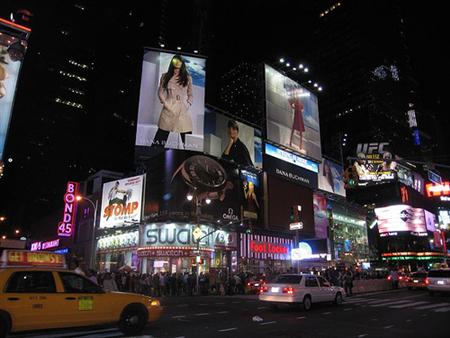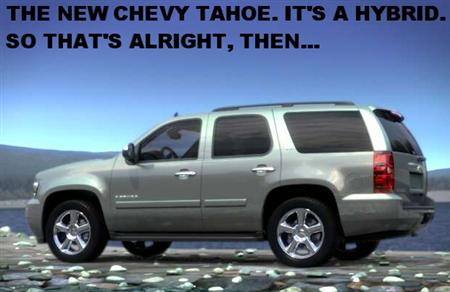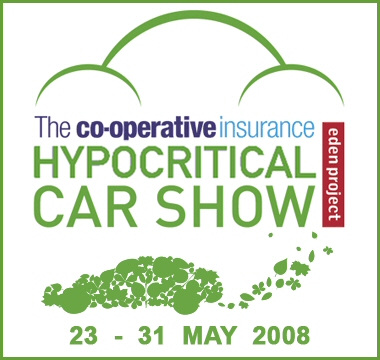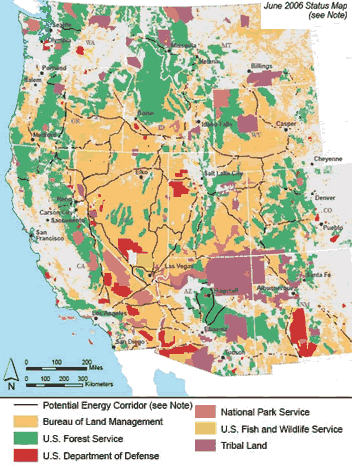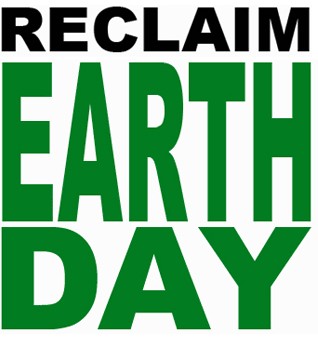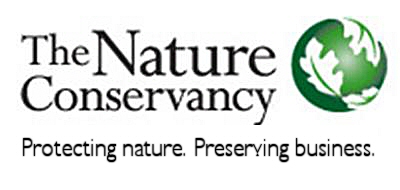The Tools Of Greenwashing: 1. Adverts
Posted by keith on 14th May 2008
Not everything on The Unsuitablog is greenwashing, sometimes it is about organisations that are just being foolish or aren’t informed enough to realise they are being hypocritical; sometimes it is about stuff that is just plain bad, and is featured because it is bad enough that everyone should know about. But the vast majority of stuff here is Greenwash. If you are a regular reader (for which I am very grateful) then you will already know how to spot greenwash. But just spotting it won’t stop it happening; we need to know more about the various tools companies, authorities, NGOs and other areas of life use to pull the leaves over our eyes.
The first one in this small series is Advertising.
The first time most people, including me, come across greenwashing is in the form of an advertisement. Adverts are, by their nature, commercial tools: they exist to encourage people to spend money. Straight away we can see a problem here, because the act of spending money — in the vast majority of cases — is unsustainable, regardless of the product being purchased. If you buy something new (when was the last time you saw an advert for something pre-owned?) then you are almost certain to be using non-renewable materials; and also non-renewable energy that was used to produce, transport, market and retail the item.
There are many different types of advertisement, ranging from press adverts in your local, small-circulation freesheet, national newspaper and magazine adverts, radio and television adverts (again these could be local or national), cinema adverts, billboards and the various forms of moving and placed adverts in a huge number of different items — bus tickets, schoolbooks, taxicabs etc.
In general, the glossier, bigger and larger circulation the advertisement, the more money that has been spent on it — and, therefore, the more money the advertiser is hoping to recoup from the sale of the item. For instance, a full-page adverts in National Geographic, Time or the Washington Post will cost tens of thousands of Dollars / Euros / Pounds etc. A 30 second spot in the middle of a major sporting event can cost millions.
If you see “green” claims in these, high-cost adverts, then you can be sure that you are looking at a piece of clever, slick greenwash. These people pay advertising agencies a hell of a lot of money to ensure their messages get across — the messages that the advertiser wants the public to see, and nothing else. Compare this to a local radio or newspaper advert, that might make environmental claims: if greenwashing, they are far more likely to be clumsy and opaque; but greenwashing is rare in such adverts. The high-cost advertisement is the home of much of the very worst greenwashing.
The public, sadly, have very short memories: this is not the fault of the public; it is the fault of the advertisers who continually pump a stream of digital sewage into our brains — who can blame people for forgetting the slip-ups of the past. And here is another key point: the greenwasher with money can afford to take a chance that they will be exposed, because if they do manage to pull off the perfect greenwash, they will have pulled it off in front of millions of potential consumers, many of whom are looking for products that are that bit greener. If they do get found out; well, there will be another advert, another slogan, another logo along in a short while ready to wipe out the memory of the greenwash.
The key message here, then, is be vigilant, be smart, and never forget.
Oh, and forget the “greensumption”: it’s just a con.
Posted in Adverts, Advice | 2 Comments »





